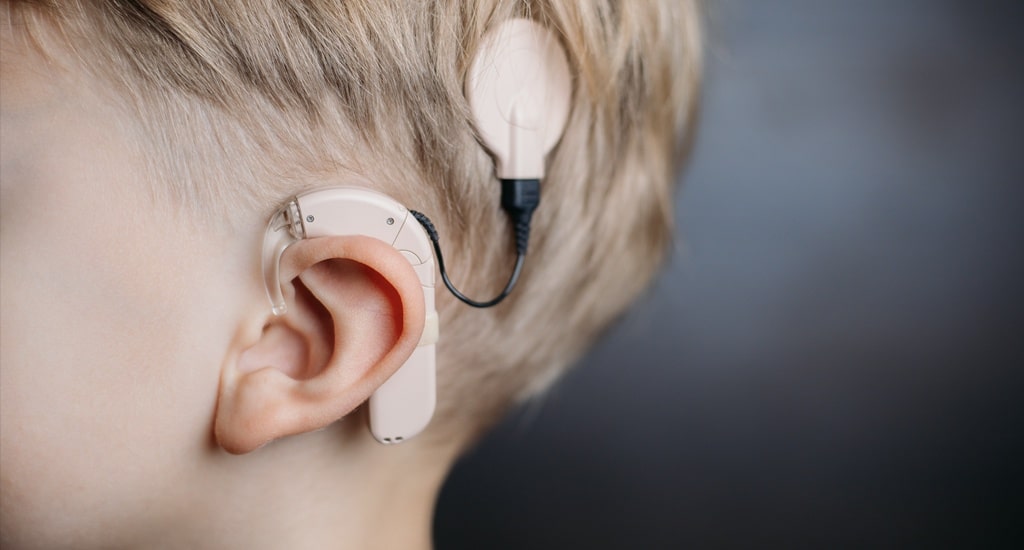5 Calculations You Need To Know To Determine EO Residuals For Your Device
#1: Calculation of Tolerable Exposure
Devices that undergo ethylene oxide (EO) sterilization are placed into one or more of three exposure categories based on the duration of contact a medical device has with a patient. Before you look into calculations of limits based on exposure category, determine if your product requires ethylene oxide residuals testing. If your device does require ethylene oxide residuals testing, determine which ethylene oxide extraction method is best for your device and find out how to prepare your samples for testing. If you need ways to reduce your ethylene oxide residuals to meet the required limits, please visit our article on key factors that influence EO residuals levels.
EO residuals are calculated a variety of ways. Tolerable exposure (TE) is the calculated average daily dose tolerated without harmful exposure effects. TE is the product of TI, body mass (BW), and utilization factor (UTF). When BW is unknown, it is assumed to be 70 kilograms. TE is expressed in milligrams per day (mg/d).
TE = TI x BW x UTF
The UTF is the product of a concomitant exposure factor (accounting for exposure to EO from several devices) and a proportional exposure factor (accounting for situations where a device is not used for the entire duration of anticipated use). The concomitant exposure factor (CEF) and proportional exposure factor (PEF) are assumed to be 0.2 and 1, respectively.
UTF = CEF x PEF
Tolerable intake (TI) units are expressed in mg/kg/d. TI values are derived using techniques described in Annex G of ISO 10993. Note that device limits from the 1995 edition of ISO 10993 have been retained for both the prolonged and permanent exposure categories due to the successful clinical history since adoption of the 1995 EO residual limits.
Current EO and ECH tolerable exposure limits are:
- 4 mg/d of EO and 9 mg/d of ECH for limited exposure (first 24 hours of exposure)
- 2.0 mg/d of EO and 2 mg/d of ECH for prologued exposure (1 day- 30 days of exposure)
- 0.1 mg/d of EO and 0.4 mg/d of ECH for prologued exposure (more than 30 days of exposure)

#2: Calculation of Allowable Limits
Allowable limit (AL) is the largest amount of acceptable EO exposure from a medical device. AL is expressed in units of milligrams per day. AL is the product of tolerable exposure (TE) and a benefit factor (BF).
AL = TE x BF
As there is no significant health benefit resulting from the use of an EO-sterilized device (as opposed to a device sterilized in an alternative manner), the BF is set at 1. Thus, the allowable limit for EO residuals is equal to the tolerable exposure. Exceptions to a benefit factor equal to 1 are discussed in Annex F of ISO 10993.
#3: Calculation of Tolerable Contact Limit
Tolerable contact limit (TCL) accounts for the irritation effects of a particular substance and is expressed in micrograms per square centimeter. In this case, TCL is used to calculate the amount of EO and ECH that can be in contact with intradermal skin without creating irritation.
TCL = (NIL or MIL) / (MFTCL × A)
NIL is the non-irritating level (in milligrams); MIL is the minimally irritating level (in milligrams); A is the body contact surface area (in square centimeters); and MFTCL is the modifying factor (UF4 × UF5 × UF6).
Inter-individual Variability (UF4): An uncertainty value (UF) of 3 is used when the irritation data are obtained from implantation or mucosal contact studies. An uncertainty value of 5 is used when the data involve EO effects on skin.
Inter-species Differences (UF5): It is assumed that species-specific responses do not occur for the local effects produced by EO so the uncertainty value will be 1.
Data Deficiencies (UF6): An uncertainty factor of 3 is used to account for the potential that EO-sterilized materials may come into contact with sensitive tissues. A factor of 2 is used to account for the lack of a NIL.

#4: Calculation of Device Limits
Device limits are the maximum amount of EO (expressed as mass in milligrams) from a medical device.
Mdev = AL x D
Device limits are the product of the allowable limit (AL) and the number of days a device may be used in the specific exposure duration category (D).
Current EO and ECH Mdev limits are:
- Max of 4 mg EO and 9 mg ECH for limited exposure (up to one day).
- Max of 60 mg EO, max of 60 mg ECH, and not exceeding 4.0mg EO or 9 mg ECH in any one day for prolonged exposure (from 2-30 days).
- Max of 2.5g EO, max of 10g ECH and not exceeding 60 mg EO and 60 mg ECH the first 30 days or 4 mg EO and 9mg ECH in any one day for permanent exposure (from 31-25,000+ days).
#5: Calculation of Device Limits (TCL)
TCL-based device limits are relevant for surface-contacting devices. For EO residual testing, the device limit is the max dose of EO or ECH to patient in milligrams.
Mdev,TCL = TCL x A
In the equation above, A is the surface area of the device in contact with the body in square centimeters. The tolerable contact limit (TCL) is expressed in milligrams per square centimeter.
Ethide Labs is a contract testing organization that specializes in Sterilization Validations and EO Residual Testing. Ethide Labs provides in-vitro cytotoxicity tests in-house and outsources in-vivo cytotoxicity work for toxicity testing of medical devices, products, and drugs. Ethide Labs also offers Microbiology Testing, Bioburden Testing, Environmental Monitoring, Bacterial Endotoxin Testing, Package Integrity Testing & Cytotoxicity Testing services for medical device companies and allied industries. Ethide is an ISO 13485 certified facility.
References
International Organization for Standardization. Biological evaluation of medical devices — Part 7: Ethylene oxide sterilization residuals. Geneva (Switzerland): ISO; 2008. (ISO 10993-7:2008).
Share this in your social networks


